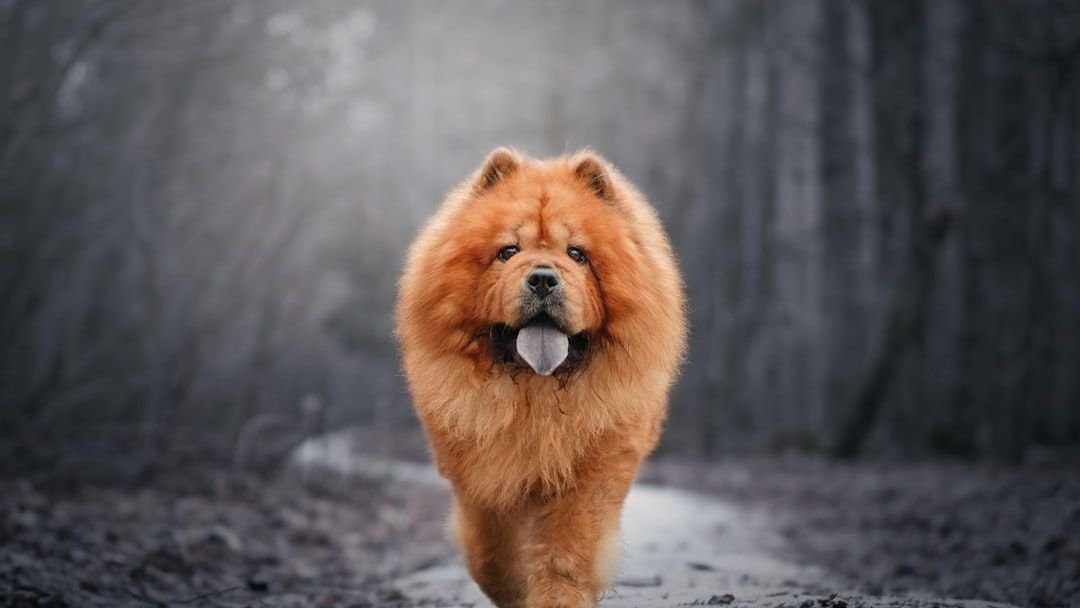Picture this: you walk into a training class full of hope, treats in your pocket, ready to shape your adorable puppy into the perfect companion. Three months later, you’re googling “is my dog secretly plotting against me?” while they chew through their third leash this week. Some breeds aren’t just testing your patience – they’re conducting a masterclass in stubborn determination that would make a mule jealous.
Training certain breeds isn’t about intelligence or love; it’s about understanding that some dogs were bred to think independently for centuries. These remarkable canines have their own agenda, their own timeline, and frankly, they might just be smarter than we give them credit for.
Siberian Husky: The Escape Artist Supreme
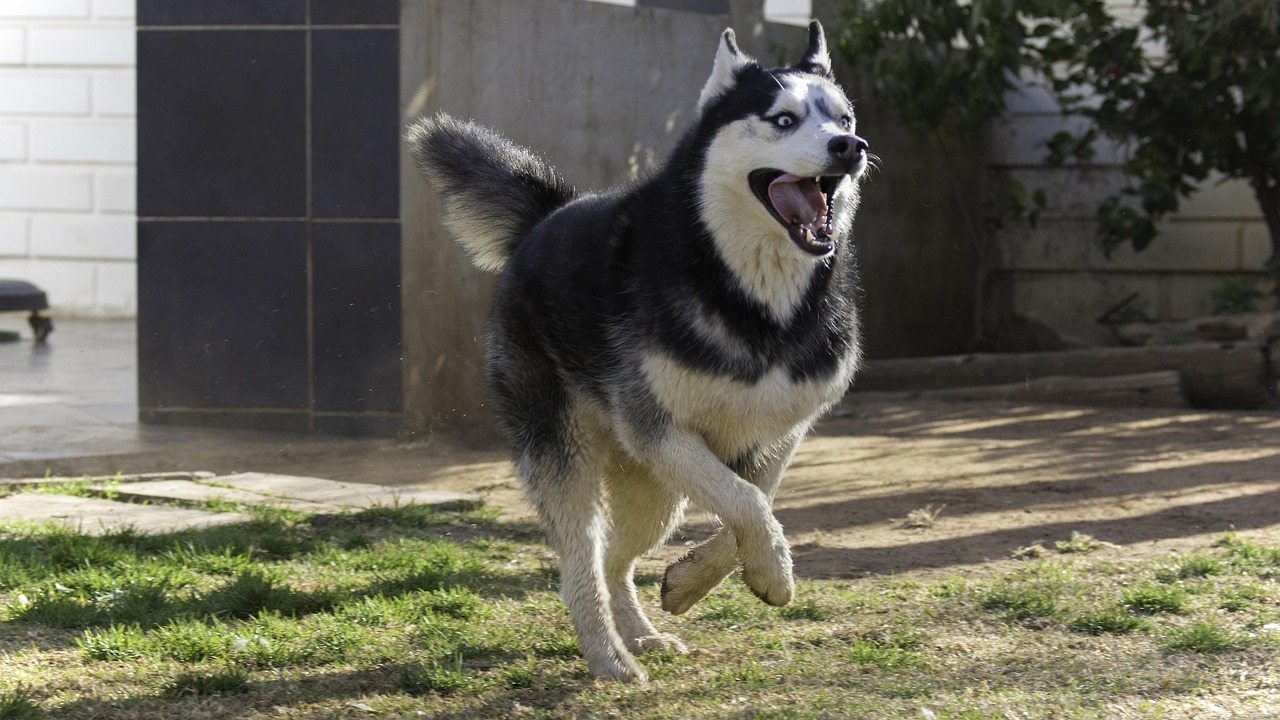
The stunning Siberian Husky looks like they stepped out of a winter wonderland fairy tale, but don’t let those piercing blue eyes fool you. These sweeties are just full of energy, which is often a trait that factors into training difficulties, and they are intelligent and independent, which can make training a challenge.
This breed will act out if they get bored. These dogs need a lot of exercise and mental stimulation to prevent boredom, which can lead to destructive behavior. Imagine coming home to find your furniture rearranged by a four-legged interior decorator with zero regard for your security deposit.
They’re escape-artists of the dog world, capable of Houdini-level feats when motivation strikes. One moment they’re in your yard, the next they’re three neighborhoods over, following an interesting scent trail.
Afghan Hound: The Regal Rebel
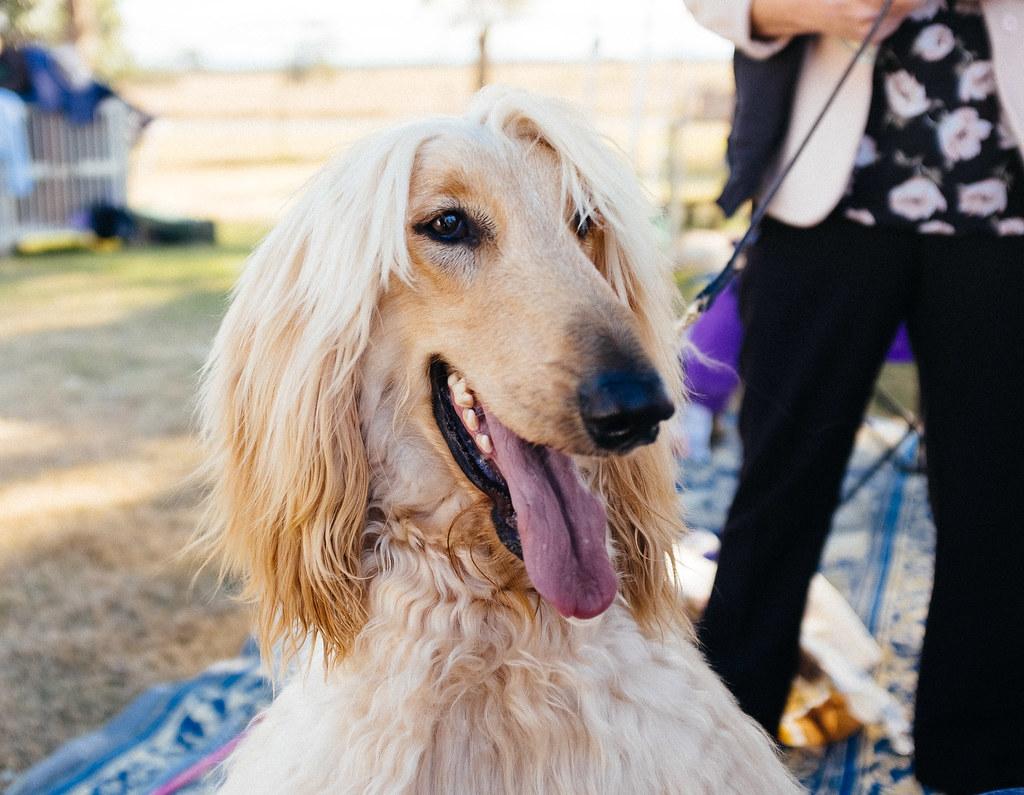
They’re highly intelligent, sensitive and (like many hounds) fiercely independent. With its elegant appearance and aloof demeanor, the Afghan Hound is a classic stubborn breed. Originally bred for hunting, it has a strong independent streak and can be aloof during training sessions.
Think of the Afghan Hound as the aristocrat of the dog world who’s never quite sure why they should follow your commands. One of the most difficult challenges of training an Afghan Hound is that they will seem to take well to training at first, but later they might decide they no longer want to listen. This behavior is important to know when thinking about adopting this breed, and it can be very frustrating for their owners.
Chow Chow: The Fluffy Fortress
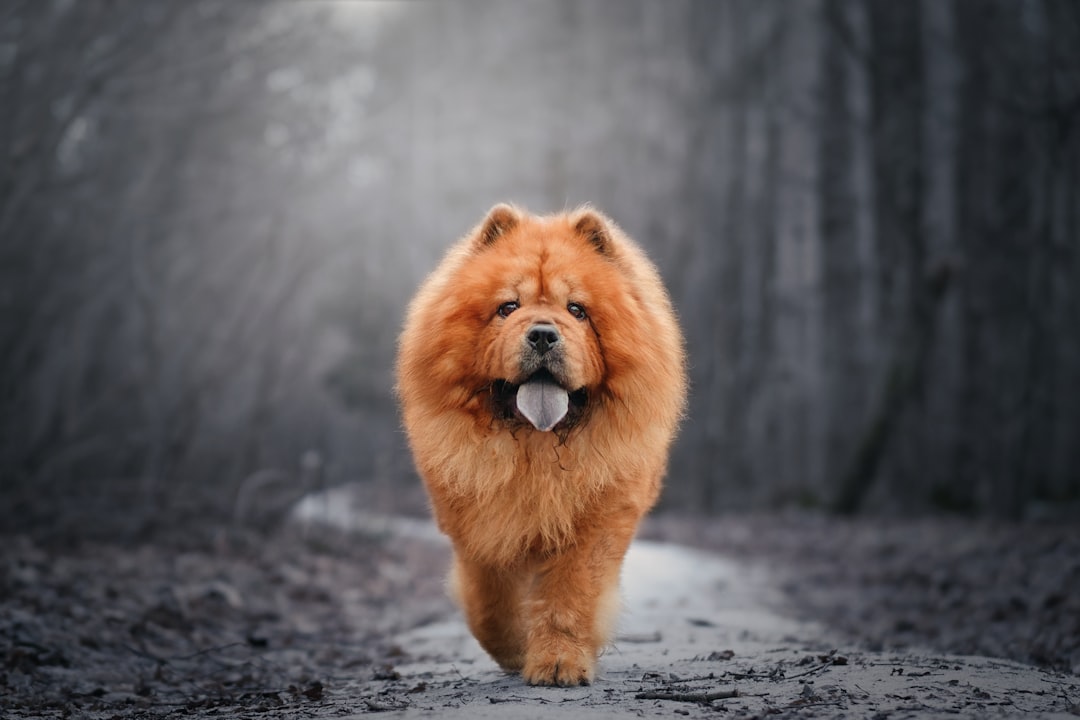
Chow Chows have a reputation for being strong-willed and aloof. They can be wary of strangers and may require extensive socialization. These teddy bear lookalikes possess the temperament of a medieval castle guard who’s suspicious of everyone, including the mailman who’s been delivering mail for ten years.
Training a Chow Chow to behave properly can be a difficult task for any owner. They are a dominant breed and can often be stubborn as well. A Chow Chow’s temperament can also lean toward the aggressive side, especially with strangers or other animals. Their natural inclination is to protect first and ask questions later.
With patience and consistent socialization from puppyhood, they can become wonderful companions. However, their independent nature means they’ll always evaluate whether your request makes sense to them before complying.
Basenji: The Silent Schemer
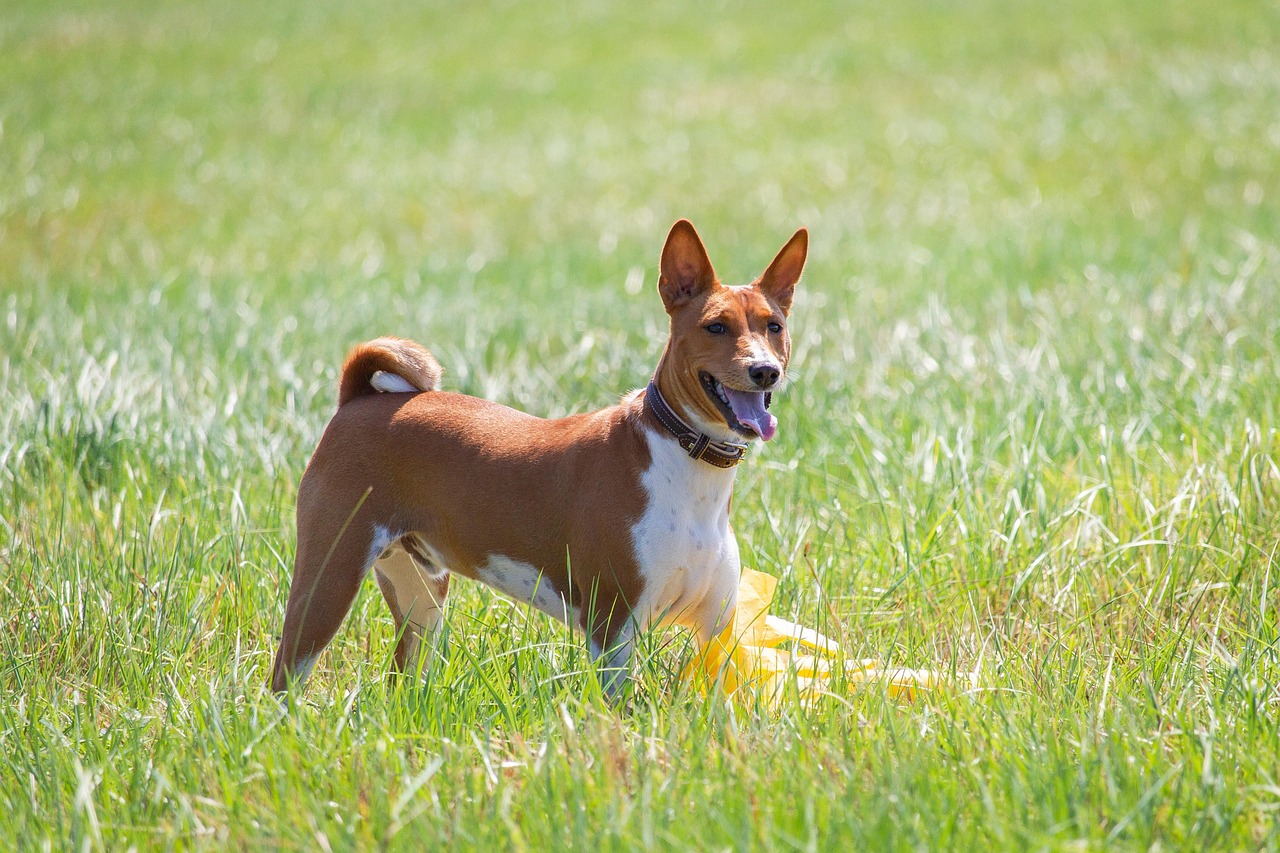
Basenjis are known for their cat-like personalities, being both independent and intelligent. This breed is notoriously difficult to train due to their stubborn nature. Don’t be fooled by their nickname “barkless dog” – while they might not bark, they communicate their displeasure in creative ways.
They are curious and easily bored, requiring creative training techniques to keep them engaged. However, their strong sense of independence can make training a challenge. Patience and engaging activities are key to successful training.
These intelligent hunters were bred to work independently, making decisions without human input. In your living room, this translates to a dog who might politely listen to your commands, then do exactly what they had planned all along.
Shiba Inu: The Stubborn Samurai
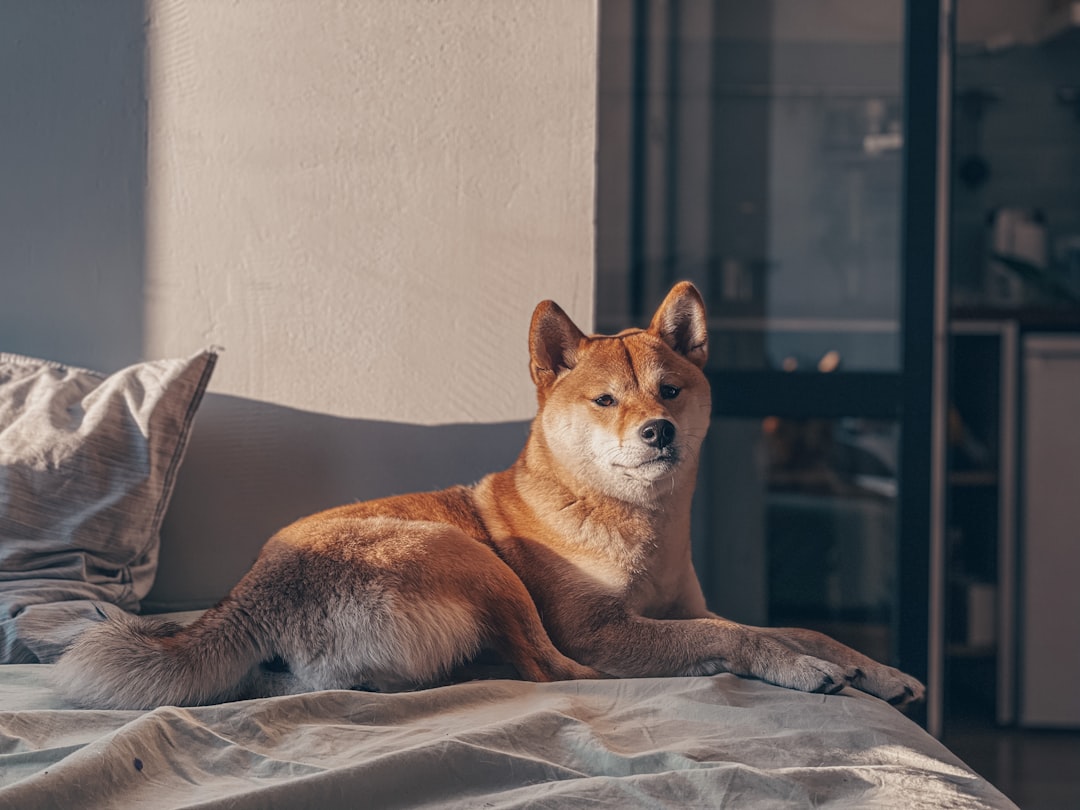
Shiba Inus are among the most difficult dog breeds to train, but with time and patience, you can teach your Shiba Inu puppy basic commands. However, the Japanese dogs with the cuddly appearance have a reputation for being particularly difficult. It is said that Shibas are particularly stubborn and rarely bond with people.
The secret of Shiba training, is simply to exercise extreme patience, and find humor in our Shiba’s antics. Use reward obedience training, and always be firm but fair. Think of training a Shiba as negotiating with a tiny, furry diplomat who speaks a different language.
Shiba Inus are smart dogs, and they may constantly test your patience with their independent nature. Stay calm and consistent with your training methods, avoiding frustration or resorting to punishment.
Bloodhound: The Nose-First Navigator
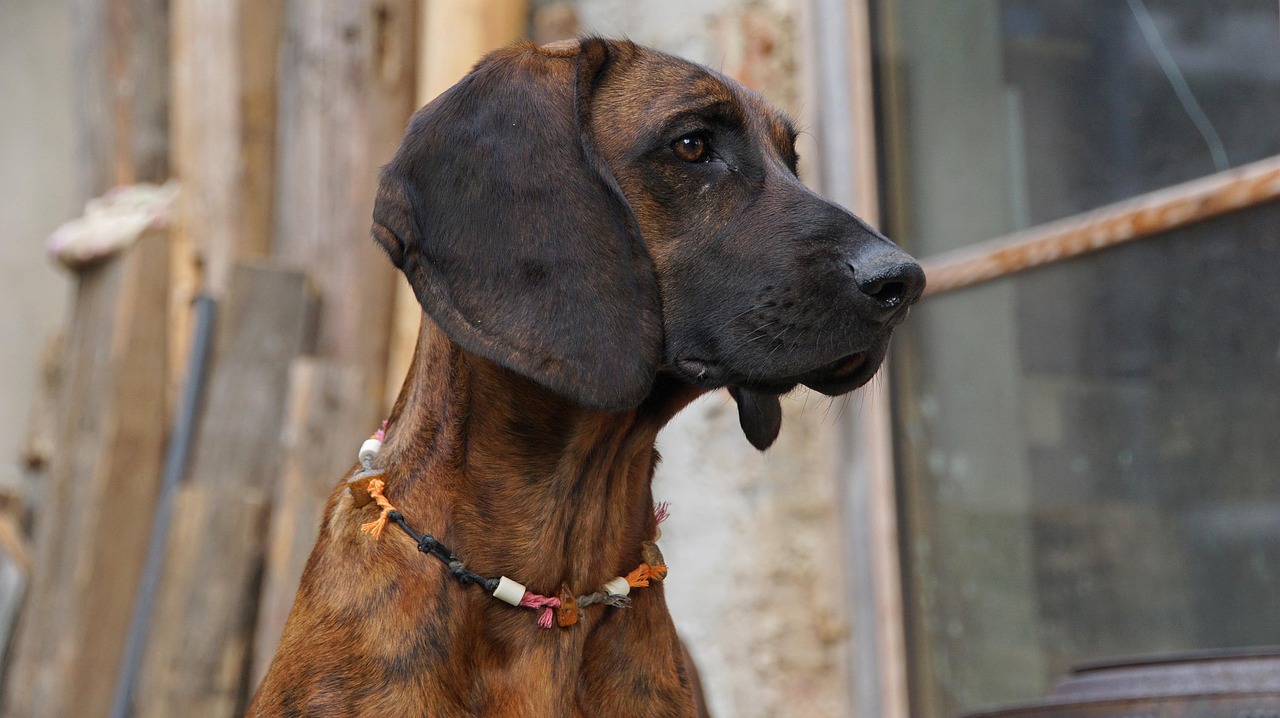
Similar to beagles, bloodhounds are hunting dogs renowned for their exceptional sense of smell. “The bloodhound is law enforcement’s go-to choice to locate fugitives and find missing individuals,” says Phifer. “However, their instincts and self-reliance can pose a challenge during training. Bloodhounds are stubborn and easily sidetracked, making standard training techniques less effective.”
Training a Bloodhound is like trying to have a conversation with someone who’s perpetually distracted by the most fascinating book in the world – except their book is every scent within a five-mile radius. Their amazing sense of smell and independence make them affectionate dogs and loyal companions.
Their incredible tracking abilities come with a price: selective hearing when their nose picks up something more interesting than your “sit” command. They’re not being defiant; they’re just following their genetic programming to investigate every interesting smell trail.
Great Pyrenees: The Mountain Philosopher
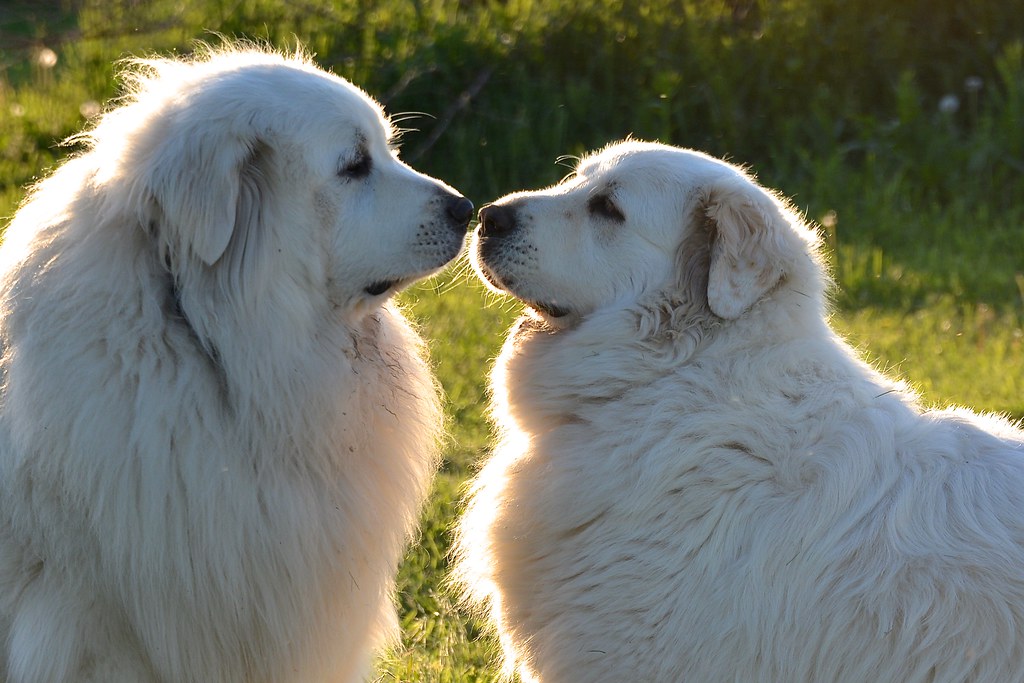
Great Pyrenees have a strong independent streak – it’s what makes a Pyr a Pyr. If you’ve owned one, you will know they are not easily trained. We joke that “Come” is only a request for most Pyrs. These gentle giants operate on mountain time – everything happens when they decide it should happen.
Don’t be surprised if your pyr takes ten or fifteen seconds to follow the command you asked for. A Great Pyrenees will challenge you. They are independent dogs that were bred to do their job without humans. That instinct doesn’t disappear in pet pyrs.
Intelligence: Pyrs are quick learners, but they bore easily. Once the basics of an exercise are learned, the average Pyr can get very turned off by repetition. Keep lessons short – a few minutes once or twice a day.
Bullmastiff: The Gentle Giant With Opinions
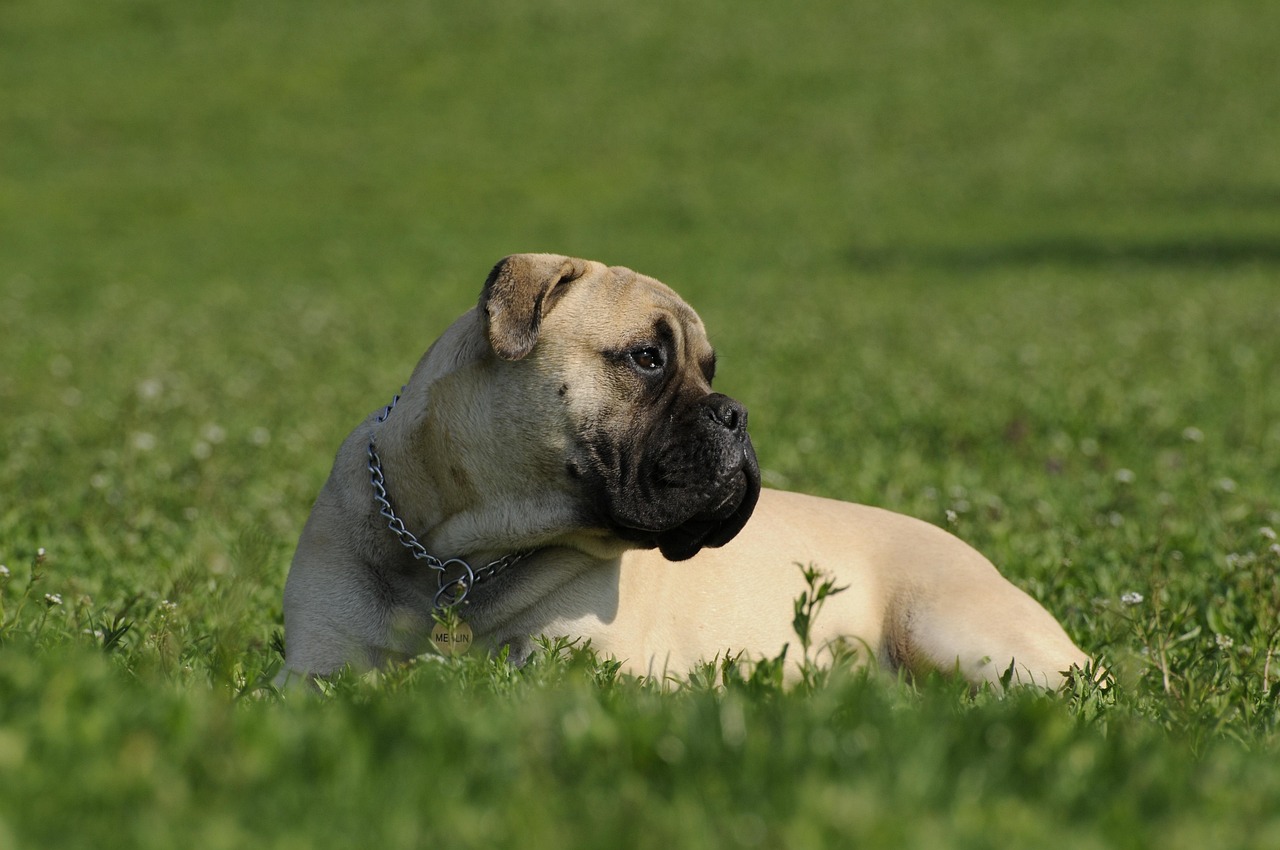
Bullmastiffs are large and powerful dogs, originally bred to guard estates in England. As a result, they can be stubborn and difficult to train if not approached correctly. However, with patience, consistency, and the right training methods, Bullmastiffs can be well-behaved and obedient companions.
Without early and consistent leadership, a Bullmastiff might assume a dominant role. This could manifest in aggressive tendencies, especially if they feel their territory or family is threatened. These dogs need to understand who’s making the household decisions, and they won’t automatically assume it’s you.
Bulldogs can also be territorial and extremely protective of their family. While this quality makes them loyal companions and ideal guard dogs, training them not to be on guard can take much more time and dedication than other breeds.
Dachshund: The Determined Sausage
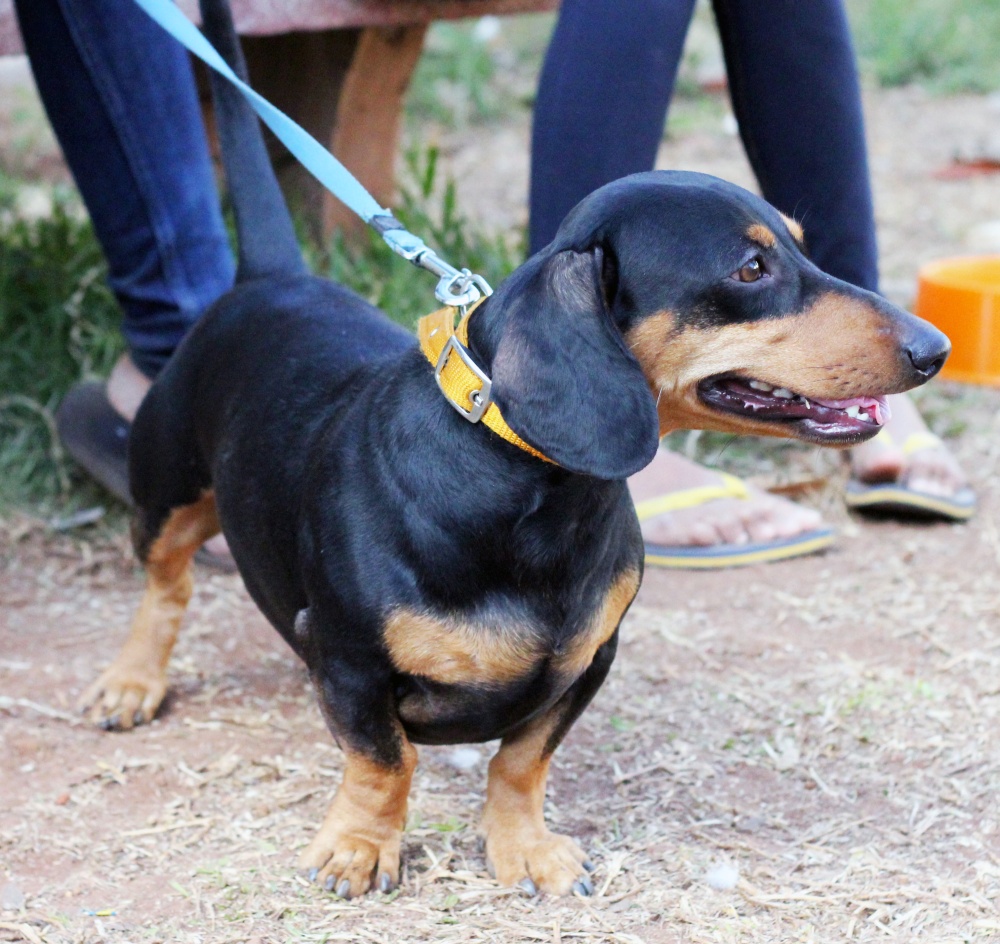
Vivacious, friendly and ever-alert, dachshunds were bred to be an independent hunter of dangerous prey. Vivacious, friendly and ever-alert, dachshunds were bred to be an independent hunter of dangerous prey. Along with their iconic sausage look, their independence is a hallmark of the breed.
Don’t let their adorable appearance fool you into thinking they’re lap dogs. These low-riding hunters have the heart of a lion and the stubbornness of a teenager who’s just been told they can’t go to a party. They were bred to chase badgers into underground tunnels – an activity that required tremendous courage and independence.
Training a Dachshund means understanding that behind those sweet eyes lies a dog who once faced down dangerous prey twice their size. Your request to “stay” might not seem as important to them as investigating that interesting sound coming from under the porch.
Beagle: The Scent-Obsessed Detective
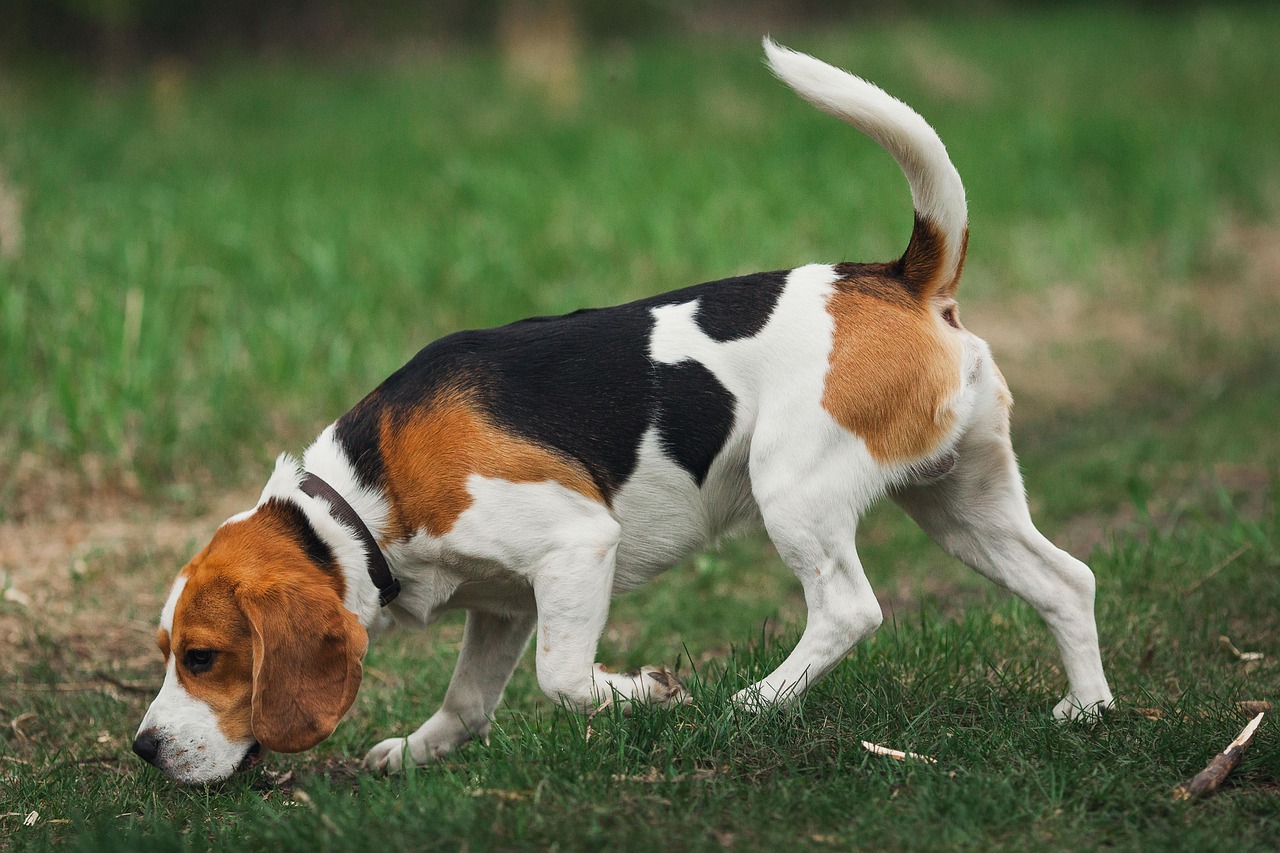
Beagle has a nose for everything – literally. This breed’s exceptional sense of smell often leads them to be easily distracted by scents, making training a challenge. Basset Hounds will also follow their nose everywhere, usually disregarding any of your commands. While obviously frustrating, they feel the need to find the source of what they smell no matter what.
Training a Beagle is like trying to teach someone to focus while they’re reading the most captivating mystery novel ever written. Their nose tells them stories about every person, animal, and interesting event that has happened in your neighborhood for the past week.
These determined hunters were bred to work in packs, following scent trails for hours. In your backyard, this translates to a dog who might hear you calling but is currently engaged in solving “The Case of the Interesting Smell by the Fence.”
Jack Russell Terrier: The Hyperactive Genius
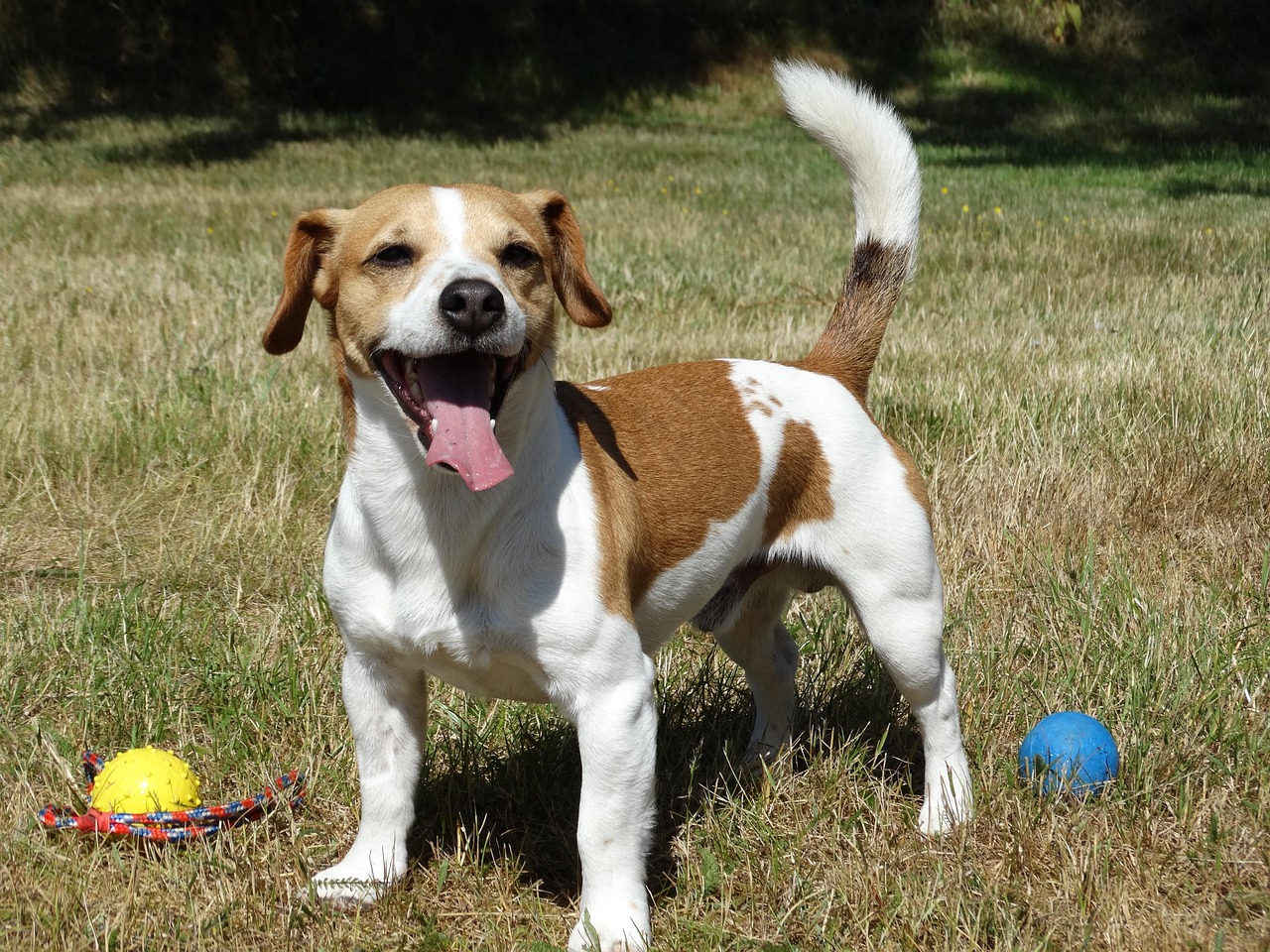
These energetic terrier breeds are as clever as they are stubborn. The Jack Russell Terrier was bred to hunt small prey like foxes, so it’s no surprise they often act like they’re on their own mission. Stubborn pups like these do best with structured routines and plenty of exercise.
Jack Russell Terriers are like having a caffeinated Einstein in dog form. They’re incredibly intelligent, endlessly energetic, and absolutely convinced they know better than you do about everything. These compact dynamos were bred to hunt foxes, which required them to make split-second decisions underground without human guidance.
Training a Jack Russell requires acknowledging that you’re working with a dog who’s always three steps ahead of you and has probably already figured out seventeen different ways to achieve their goal while you’re still explaining what you want them to do.
Pekingese: The Imperial Snub
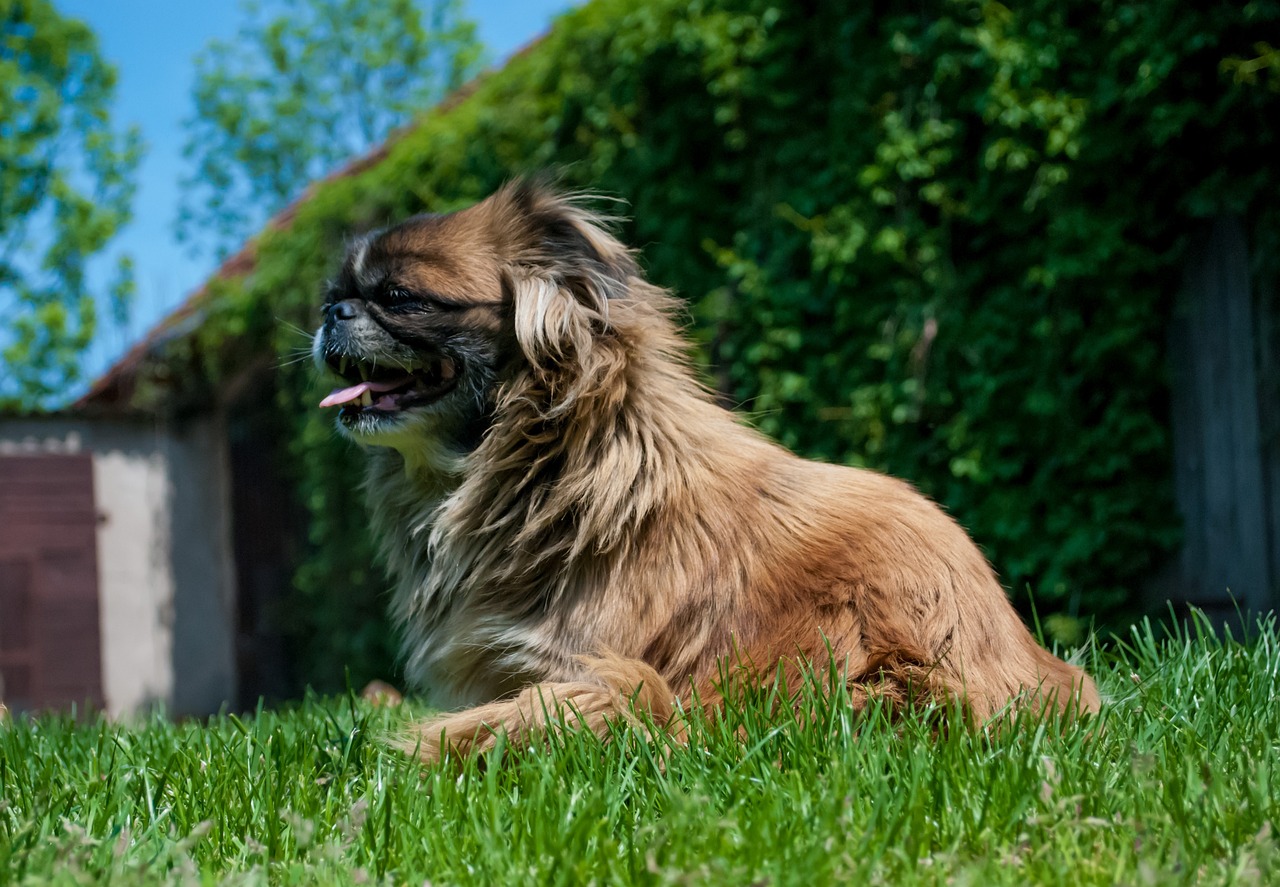
The Pekingese carries themselves with the dignity of a former palace resident who’s never quite gotten over the fact that they’re no longer being waited on by imperial servants. These small dogs have enormous personalities and an even larger sense of their own importance.
Bred to be companions to Chinese emperors, Pekingese have centuries of genetic programming telling them they’re royalty. This creates a dog who might listen to your commands, evaluate them against their current mood and comfort level, and then decide whether compliance fits into their schedule.
Training a Pekingese requires understanding that you’re not just working with a dog – you’re negotiating with a small, fluffy aristocrat who’s doing you a favor by participating in your training sessions.
Conclusion
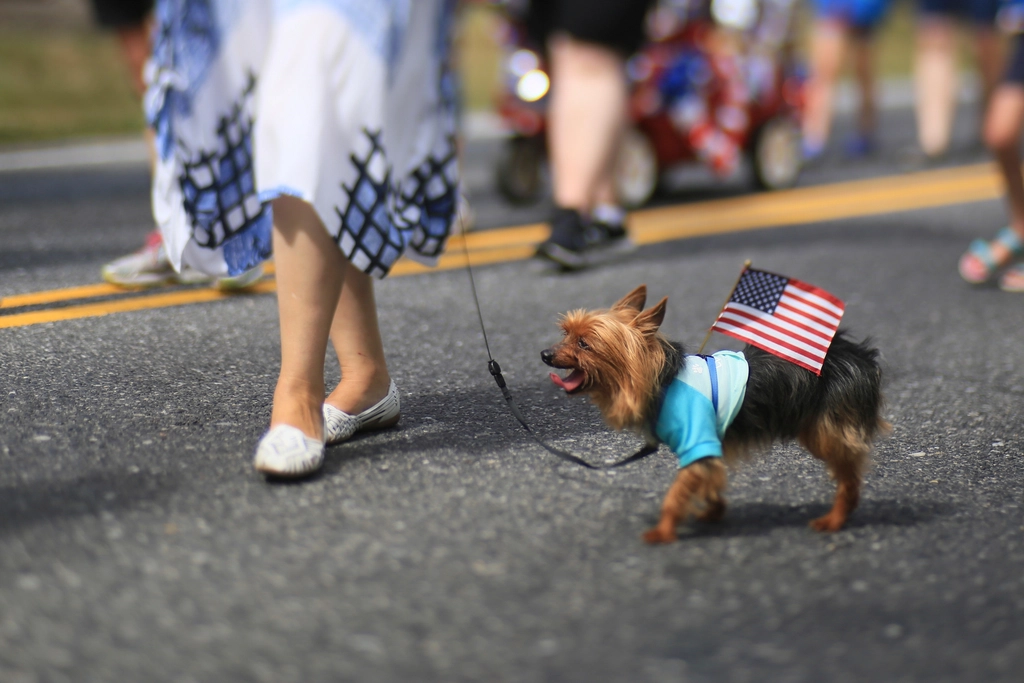
These challenging breeds aren’t difficult because they’re unintelligent or unloving. They’re challenging because they were bred for jobs that required independent thinking, strong will, and the confidence to make decisions without human input. The Great Pyrenees guarding sheep on remote mountainsides, the Basenji hunting in African forests, the Shiba Inu working alongside Japanese families for centuries – all developed traits that helped them excel at their original purposes.
Training these breeds successfully requires patience that goes beyond the ordinary, consistency that never wavers, and the humility to understand that sometimes your dog might actually know better than you do about what they need. It’s about building a partnership rather than establishing dominance, finding compromise rather than demanding compliance.
If you’re considering one of these breeds, ask yourself honestly: Do you have the patience to repeat the same command fifteen times with a smile? Can you laugh when your dog outsmarts your training plan? Are you prepared for a relationship that’s more negotiation than obedience?
What would you choose – an easy, eager-to-please companion or a challenging, independent-minded partner who keeps you on your toes? Tell us in the comments below.

Andrew Alpin from India is the Brand Manager of Doggo digest. Andrew is an experienced content specialist and social media manager with a passion for writing. His forte includes health and wellness, Travel, Animals, and Nature. A nature nomad, Andrew is obsessed with mountains and loves high-altitude trekking. He has been on several Himalayan treks in India including the Everest Base Camp in Nepal.

